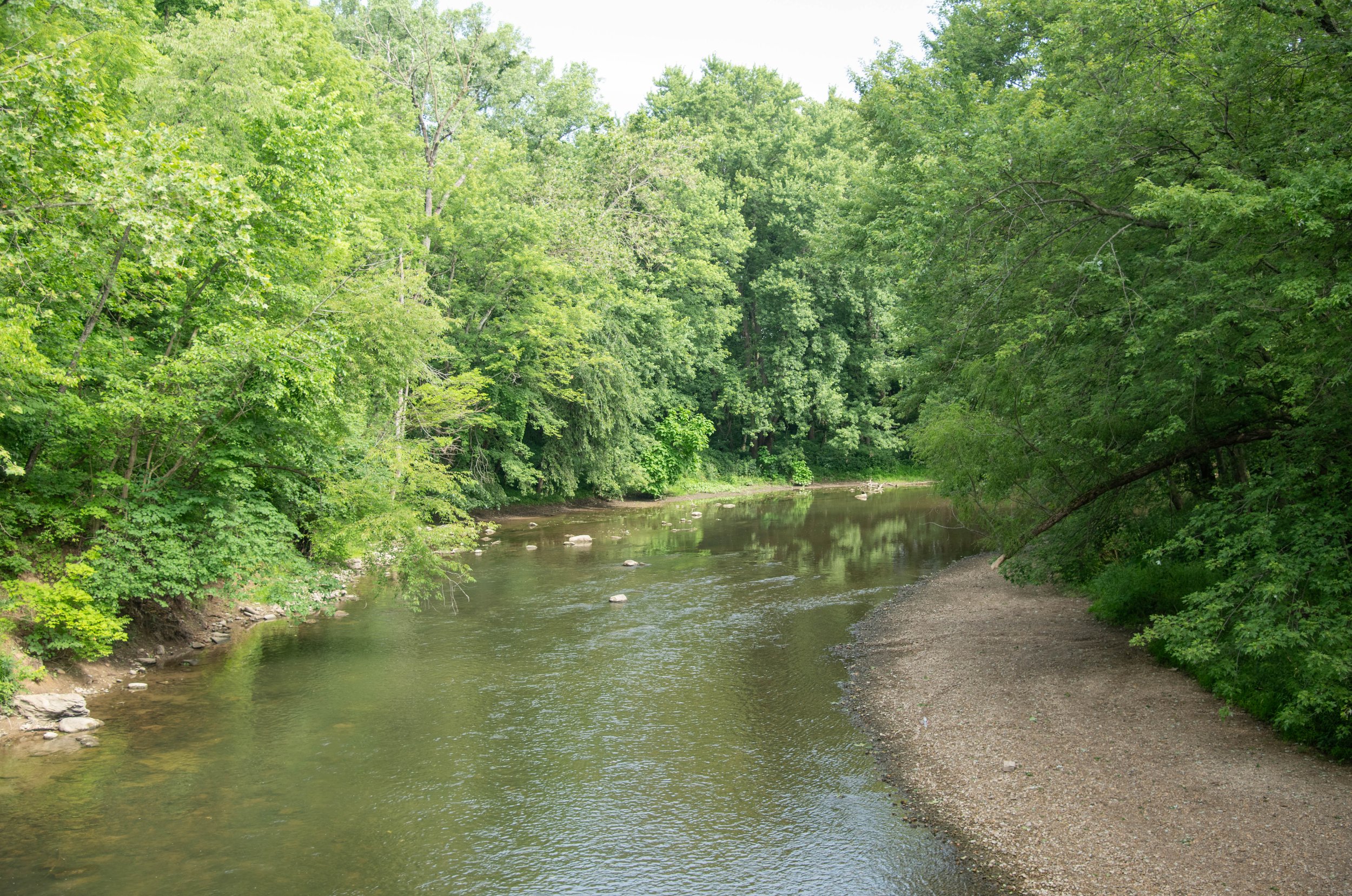Op-Ed: White River Report Card Results Indicate We Can Do Better
Last month, Ball Brothers Foundation celebrated the release of the new White River Report Card. Like a traditional school report card, the assessment tool “grades” various factors related to the health of the river and its watershed. In this op-ed, BBF’s Jud Fisher joins others from around the state who helped contribute to the report card’s development in commenting on the results and next steps.
Grants from BBF totaling $30,000 over the past three years helped to support the White River Report Card’s development as well as outreach that will share results and spur action.
Originally published in the Indy Star | Monday, July 10, 2023 at 9:16 AM EDT
Nearly a third of all Hoosiers are connected to the White River through its watershed (drainage basin). The homes and communities we build, the industries we work in, the fields that feed us and the natural lands that rejuvenate us, attract visitors and help recruit talent are all impacted by — and have an impact on — our river.
As many work to elevate and improve the river, we often find ourselves without a clear understanding of the threats to this critical regional asset. We struggle to know what the target conditions are or what actions would best improve its health. We sometimes fail to understand how the vibrancy of communities, the use of land and the health of the water are all mutually interdependent and provide shared benefits.
The Grading Scale
The White River Report Card is an essential step toward a more sustainable future. Inspired by traditional school report cards, this assessment tool provides an evaluation of the health of the river’s watershed and communicates it in a relatable way. It uses multiple data points to compare existing conditions to accepted standards and grades them. The effort is a result of the involvement of over 200 stakeholders from various sectors including agriculture, business, community, conservation, industry, government, philanthropy, tourism and utilities.
How Did We Do?
The overall grade of the White River watershed is a "C." That grade tells us both how much things have improved since the middle of the 20th century as well as the work that remains to be done. The report card analyzed three main categories — Community, Land, and Water — with multiple measures of health in each category.
The results reveal areas where we are doing well, such as high school educational attainment and ecological successes like wildlife diversity and aquatic life (all with B grades). This is encouraging after failures like the 1999 chemical discharge that killed over 4.6 million fish in the river. Good grades are a testament to what can be accomplished when partnerships and resources are put toward outcomes we value.
On the other hand, the results also reveal issues that continue to limit our potential. For example, historic and ongoing wetland loss has far-reaching impacts to the management of water supply, water quality and flooding (an alarming F grade). Likewise, the bacteria in our waterways often exceeds state standards and therefore limits our use of them (an overall D grade). Also concerning, the environmental burden indicator (another D grade), points to the presence and risk of exposure to air and water pollution, hazardous sites and lead.
What Needs to Be Done?
From floodplain protection and cover crops on farms to our growing trail network and elimination of combined sewer overflows, so much work is underway to improve the health of the river and the people who live in its watershed. The report card contains recommendations for boosting these improvements. This includes the protection and restoration of natural resources like wetlands, forests and floodplains to guard against pollution, manage water supplies, reduce flooding and provide recreation opportunities. It also includes investment in green stormwater infrastructure, stream buffers, manure management and septic system functionality to lessen bacteria inflows after rain events. Lastly, investment in renewable energy, brownfield remediation and increased bike/pedestrian infrastructure can reduce environmental burdens and improve health.
With both good and bad grades in hand, the White River Report Card serves as a vital baseline understanding of our community and ecosystem conditions and marks the beginning of a strategic approach to raising our grade. The report card's true power lies in its ability to mobilize and align stakeholders, increase public awareness and inform decision-makers.
The White River is more than just a waterway — it is the most essential resource in our region. Please join our efforts to ensure that it continues to support our communities, grow our economy, and leave a vibrant, healthy legacy for future generations.
Kelly Brown, White River Alliance
Larry Clemens, The Nature Conservancy
Brad Beaubien, Tourism Tomorrow
Phil Tevis, FlatLand Resources
Heath Kelsey, University of Maryland Center for Environmental Science
Gene D'Adamo, Nina Mason Pulliam Charitable Trust
Jud Fisher, Ball Brothers Foundation

